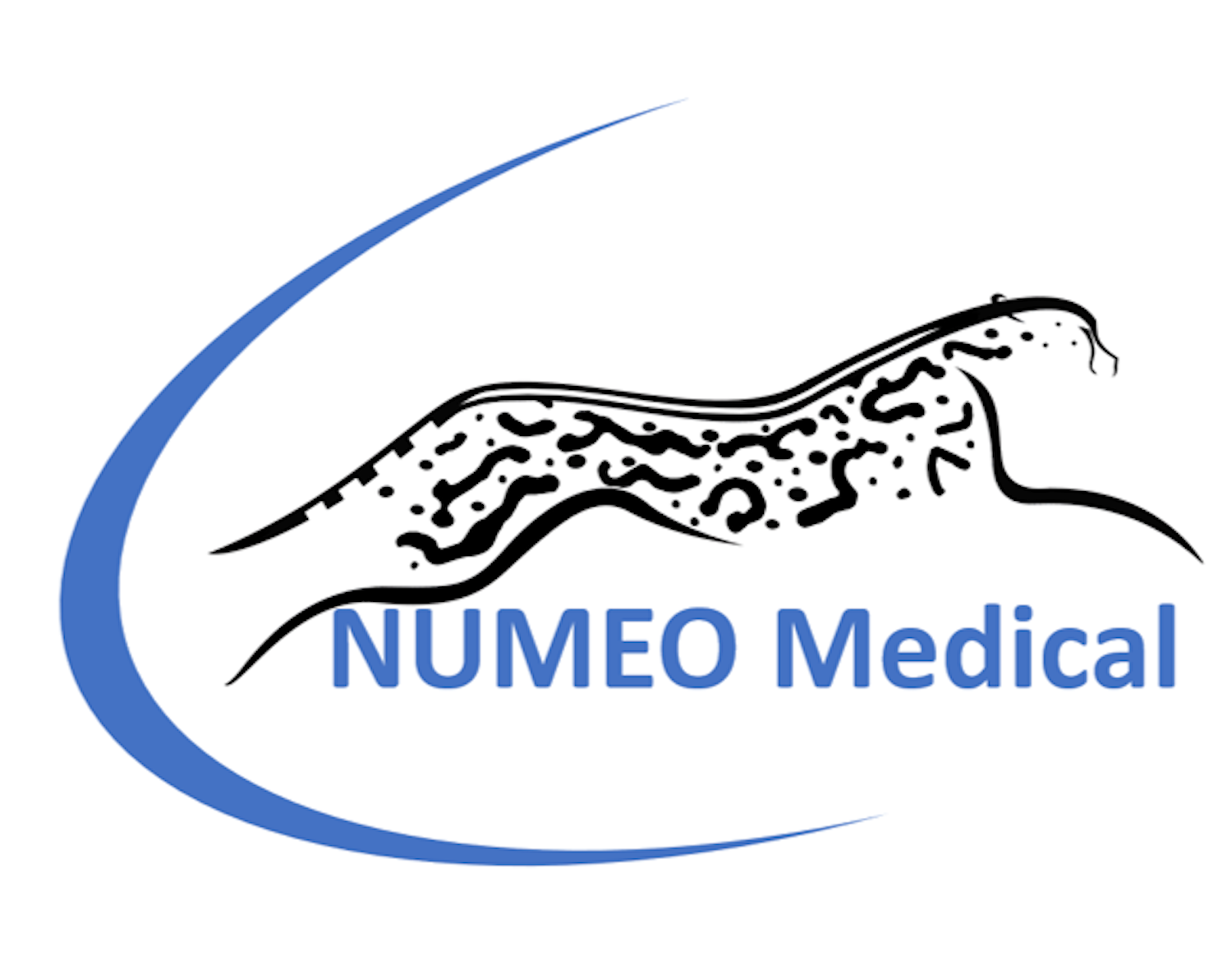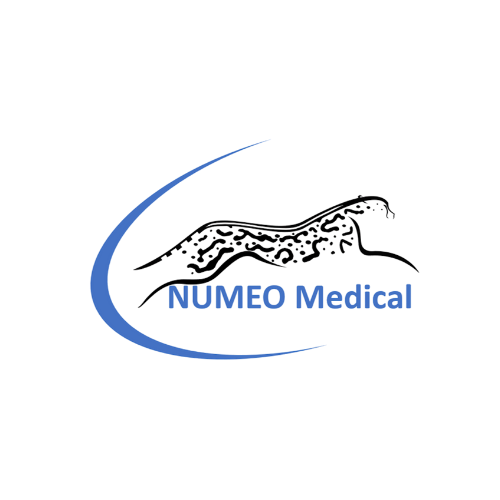Beyond the Rainbow: How Red, Purple, & Blue Foods Boost Your Health
Every time I slice through a purple cabbage, I'm mesmerized by its color. It feels like seeing it for the first time, every time. This past weekend was no exception. The colors were so striking, I had to snap a photo (again) while preparing dinner.
Whenever I cook colorful vegetables, I'm reminded of the "eat the rainbow" advice we often give patients. But we don't often explain why. Have you ever wondered what these colors have to do with our health? What's the science behind those colors?
Today, let's explore anthocyanins, the pigments responsible for the reds, purples, and blues in foods like berries, grapes, and that beautiful cabbage. These pigments aren't just for show—they're powerful allies in the fight against oxidative stress and inflammation, two key drivers of metabolic dysfunction.
Anthocyanins: Nature's Antioxidants
Think of anthocyanins as your cells' bodyguards. They belong to the flavonoid family, a group of polyphenols renowned for their antioxidant power. They neutralize harmful free radicals, unstable molecules that damage our cells and DNA, and contribute to chronic diseases. By mitigating oxidative stress, anthocyanins help maintain cellular integrity and support overall health.
The Ripple Effect: From Oxidative Stress to Chronic Disease
Oxidative stress and inflammation don't just cause isolated issues. Emerging research suggests they are common threads linking a wide range of chronic diseases, including cardiovascular disease, diabetes, neurodegenerative disorders, and even certain cancers. Anthocyanins, with their potent antioxidant and anti-inflammatory properties, may offer a broad spectrum of protective effects.
Cardiovascular Health: Anthocyanins improve endothelial function (the health of our blood vessel lining), leading to better blood pressure regulation and reduced cardiovascular risk. Studies have shown that they also positively impact lipid profiles, lowering "bad" LDL cholesterol and raising "good" HDL cholesterol.
Diabetes: By enhancing insulin sensitivity and reducing blood sugar levels, anthocyanins may help manage type 2 diabetes. They also protect pancreatic beta cells, the insulin-producing cells, in our bodies.
Brain Health: Anthocyanins can cross the blood-brain barrier, where they reduce neuroinflammation and oxidative stress, potentially slowing cognitive decline and lowering the risk of neurodegenerative diseases.
Weight Management: While human studies are limited, animal research suggests that anthocyanins may influence weight management by reducing inflammation in fat tissue and modulating genes involved in lipid metabolism. Although direct evidence in humans is lacking, it's plausible that their multifaceted benefits could contribute to a healthy weight.
The Bioavailability Challenge
Anthocyanins have relatively low bioavailability, meaning we don't absorb them as efficiently as some other nutrients. However, consuming anthocyanins from whole foods, rather than isolated supplements, improves absorption as they are paired with vitamin C and other nutrients that enhance this process (one of many benefits to get most nutrients from whole foods). Here's another really interesting aspect - when we eat fiber and polyphenol-rich plants, we're not the only ones enjoying these foods - we also feed our gut bacteria. Even without full absorption, we benefit from their metabolites through fascinating interactions between these compounds and our microbiome!
Bringing the Rainbow to Your Plate
So, how can we add more anthocyanins to our diets? Incorporate a variety of colorful fruits and vegetables into your daily diet. Sprinkle berries on your morning oatmeal or yogurt, add red cabbage to your salads, snack on red grapes, or enjoy purple sweet potatoes with dinner. These small changes can make a big difference in your long-term metabolic health.
Food is a carrier of information! It nourishes the body and mind. As someone who is passionate about helping patients achieve their best health, I’m excited to share information about the power of food and shift the “health and wellness” conversation from “being skinny” to being healthy. I hope that after reading this article, you're inspired to add more color to your plate and embrace the delicious and nutritious benefits of anthocyanin-rich foods!
Disclaimer: This blog post is for informational purposes only and should not be considered medical advice. Please consult with a qualified healthcare professional regarding any health conditions or before making any changes to your diet or exercise routine.
References used:
Qin, Y., Xia, M., Ma, J., Hao, Y., Liu, J., Mou, H., Cao, L., & Ling, W. (2009). Anthocyanin supplementation improves serum LDL- and HDL-cholesterol concentrations associated with the inhibition of cholesteryl ester transfer protein in dyslipidemic subjects. The American journal of clinical nutrition, 90(3), 485–492. https://doi.org/10.3945/ajcn.2009.27814
Zhu, Y., Xia, M., Yang, Y., Liu, F., Li, Z., Hao, Y., Mi, M., Jin, T., & Ling, W. (2011). Purified anthocyanin supplementation improves endothelial function via NO-cGMP activation in hypercholesterolemic individuals. Clinical chemistry, 57(11), 1524–1533. https://doi.org/10.1373/clinchem.2011.167361
Li, D., Zhang, Y., Liu, Y., Sun, R., & Xia, M. (2015). Purified anthocyanin supplementation reduces dyslipidemia, enhances antioxidant capacity, and prevents insulin resistance in diabetic patients. The Journal of nutrition, 145(4), 742–748. https://doi.org/10.3945/jn.114.205674
Devore, E. E., Kang, J. H., Breteler, M. M., & Grodstein, F. (2012). Dietary intakes of berries and flavonoids in relation to cognitive decline. Annals of neurology, 72(1), 135–143. https://doi.org/10.1002/ana.23594
Mattioli, R., Francioso, A., Mosca, L., & Silva, P. (2020). Anthocyanins: A Comprehensive Review of Their Chemical Properties and Health Effects on Cardiovascular and Neurodegenerative Diseases. Molecules (Basel, Switzerland), 25(17), 3809. https://doi.org/10.3390/molecules25173809


